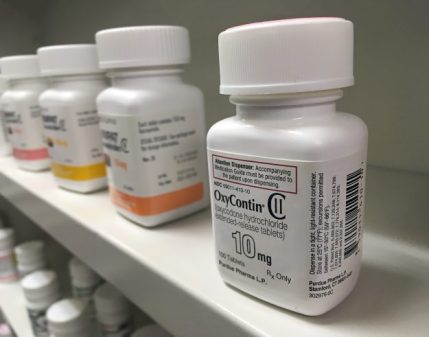High-risk traffic zone tool wins Pennsylvania’s Code4PA hackathon

Pennsylvania’s inaugural hackathon, Code4PA, has finished with pitches for 21 new digital tools and the selection of the competition’s winning solution: a predictive analytics website that alerts motorists to driving hazards.
The challenge that ran from Sept. 29 to Nov. 4 mustered nearly 200 technologists to develop apps and platforms using the state’s open data portal, and the state plans to use the competition to rally greater support and awareness of its open data initiatives, officials announced upon the hackathon’s close on Saturday.
“With Code4PA, we want to create a more collaborative and empowering form of citizen participation in government,” said Secretary of Administration Sharon Minnich in a release. “It provides a forum for people to collaborate and be directly involved in addressing challenges that are important to them.”
Using crash data, grand prize winners from team “KnowPA” built a website that is like a seven-day weather forecast, but instead of weather, it predicts driving danger zones. KnowPA.com updates users about potentially unsafe conditions nearby by generating estimations based on crash history, harsh weather and other data. Public safety officials may use the site to prevent accidents and collisions by adding signage, crossing guards or other precautionary measures. As the grand prize winner, the team was recognized by the Gov. Tom Wolf for its contribution and invited to work with state departments to develop the solution further.
KnowPA was joined by solutions from other teams and individual technologists who leveraged a diverse set of datasets tied to food inspections, education, jobs, voting and campaign finance. The data prompted tools to help job seekers find employments, home buyers to find environmentally healthy neighborhoods and local businesses to attract customers.
In an interview with StateScoop, Julie Snyder, director of Philadelphia’s Office of Data and Digital Technology, said she felt that the participation in the state’s first statewide hackathon was strong and the submissions showed thought. Snyder said the interest and results from Code4PA also validated the state’s open data efforts and set the stage for an event that might be expanded in coming years.
“The Code4PA hackathon helped us to expand our transparency effort with Data.pa.gov She said. “By pushing these types of events, it’s pushing us to get examples of what citizens are looking for and. to build a better open data catalog.”
In planning for Code4PA, Snyder said the state was inspired by local hackathons and by statewide coding challenges in Virginia and Colorado that have successfully raised awareness about open data programs. GoCode Colorado, organized by Colorado Secretary of State Wayne Williams, is held as a catalyst to create open data startups, and Virginia Governor Terry McAuliffe’s Datathon has sprouted digital tools for a number of state challenges.
“Our main goal with this was really to bridge the gap between state government and the public, and through this kind of partnership to get as many views and perspectives on what we can do with our data,” Snyder said. “We had university students, to independent professionals to teams and mentors coming from large companies in the area, so that engagement is the perfect example of citizen crowdsourcing.”
Next year, Snyder said the state will focus the competition on data tools in the battle against opioid addiction and drug overdose. The latest statistics from the Drug Enforcement Agency show that in 2016, fatal drug overdoses spiked to 4,642 in Pennsylvania, a 37 percent increase since the previous year. Prescription and illegal opioids accounted for 85 percent of these fatalities.
“We’ll take all the data from our Department of Health and Human services, drug and alcohol programs and other sources, and put it together to find use cases for prevention,” Snyder said. “We want to identify trends and to apply predictive modeling for greater insights.”





